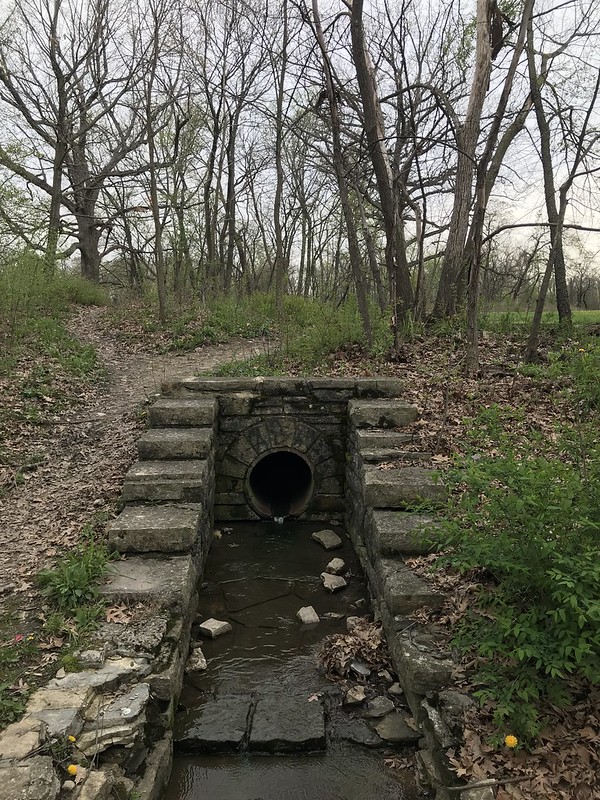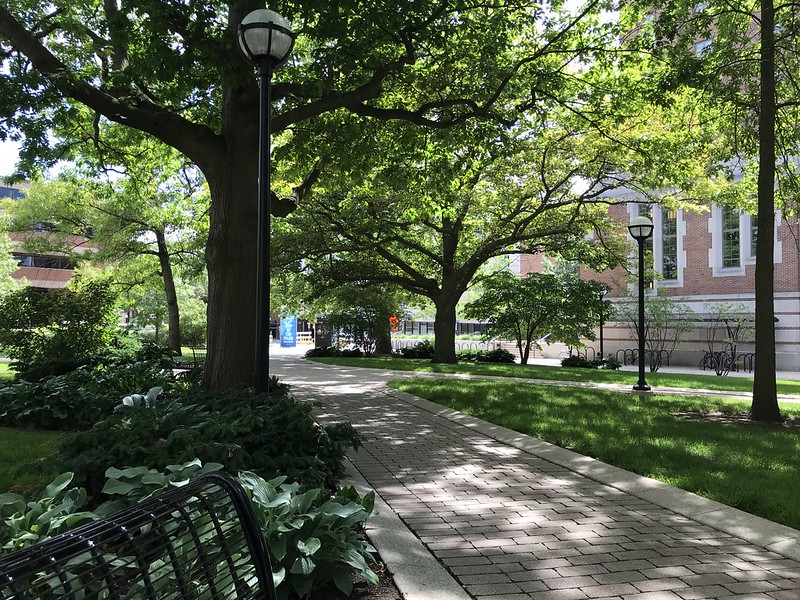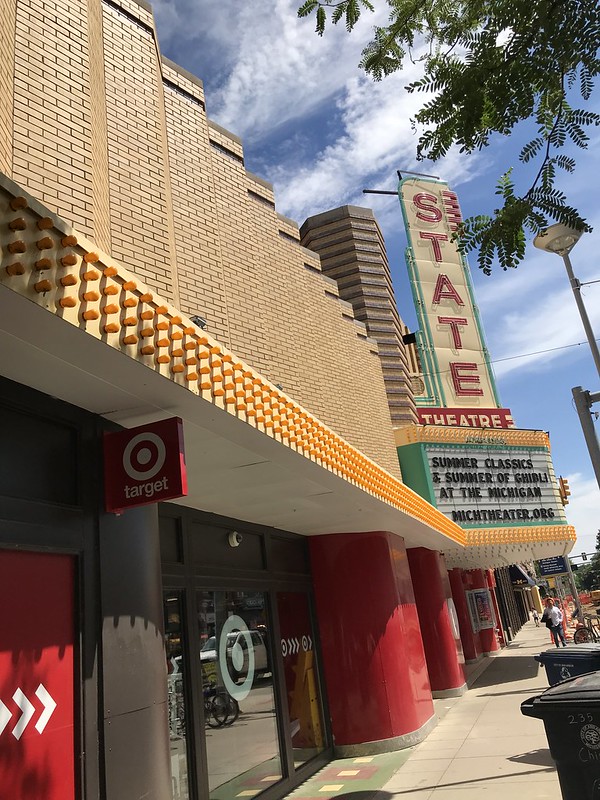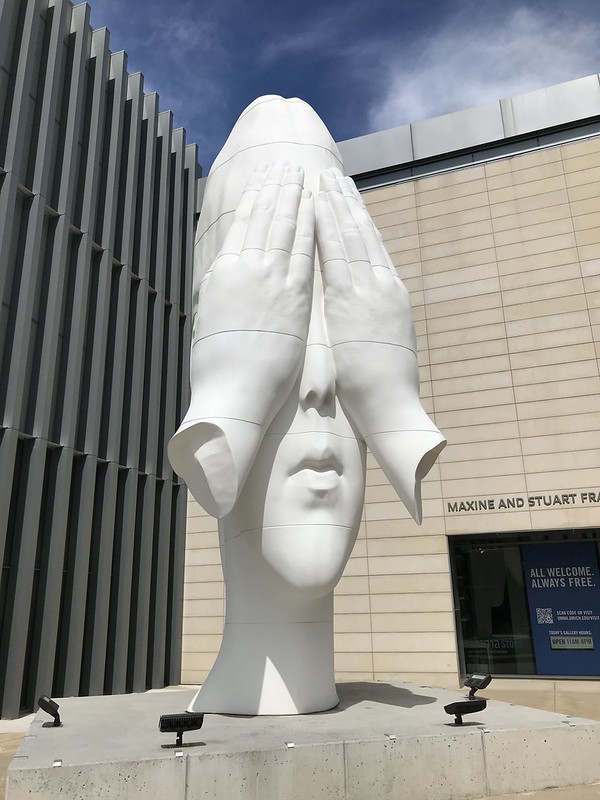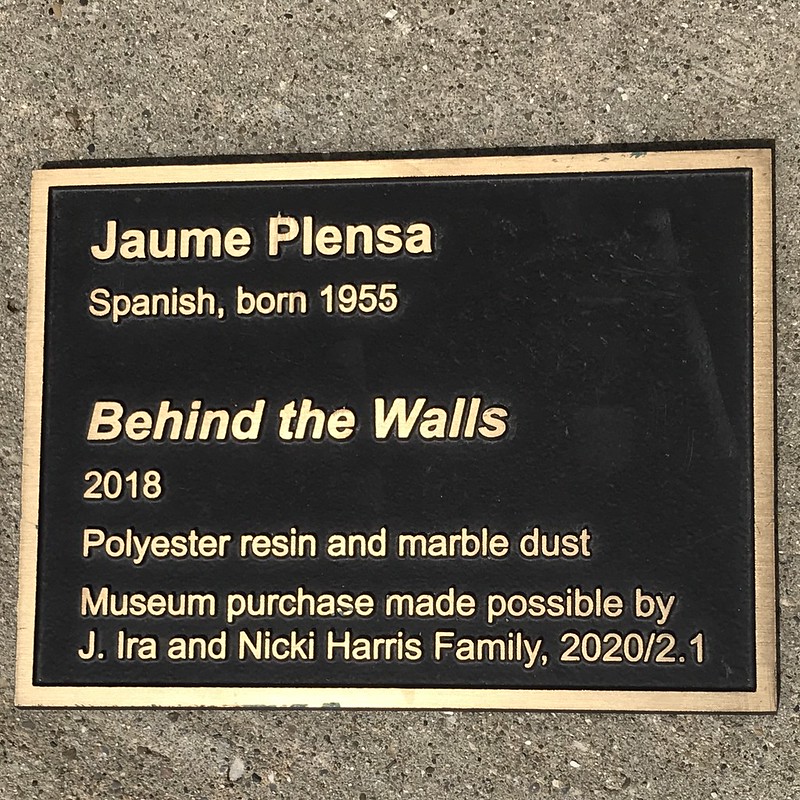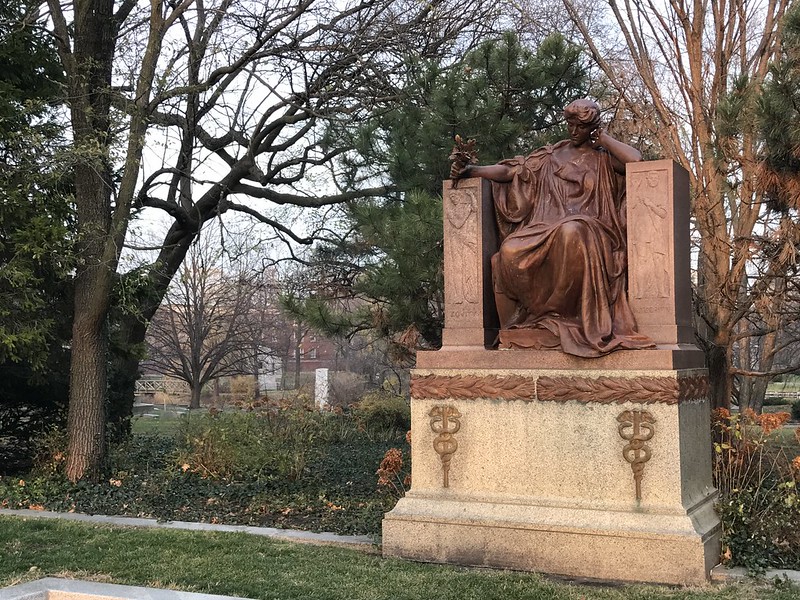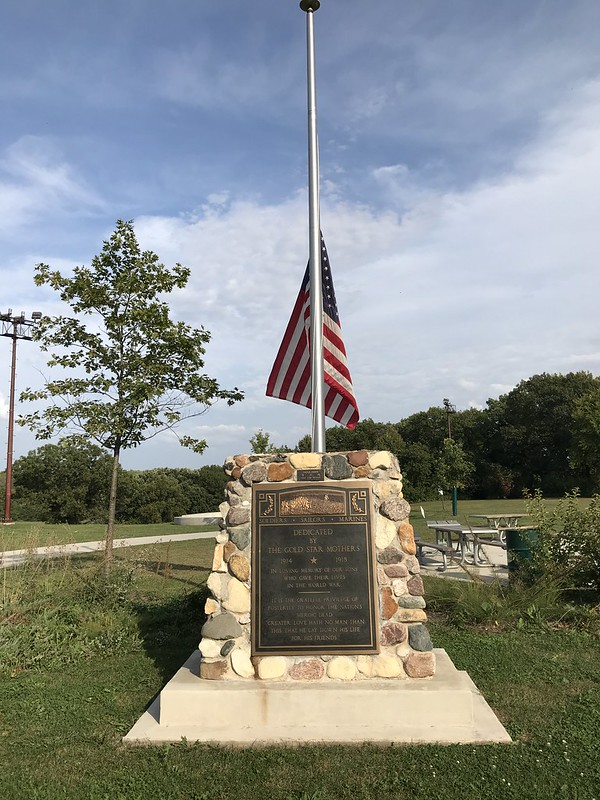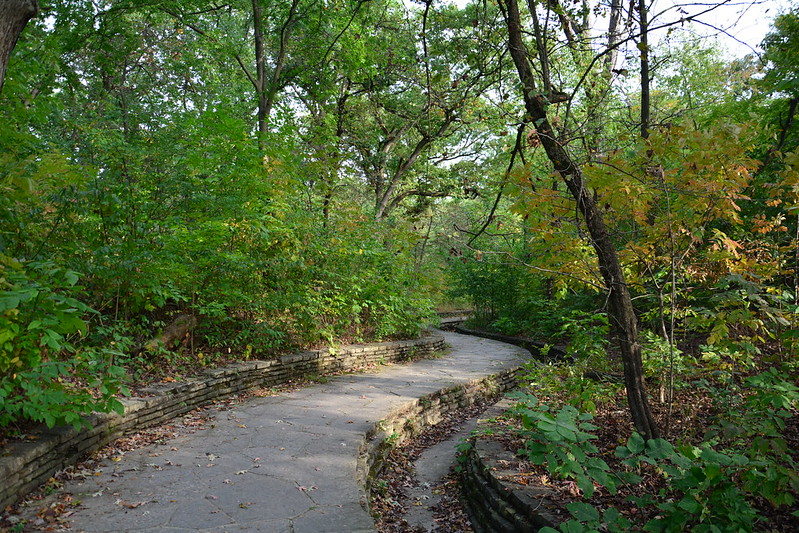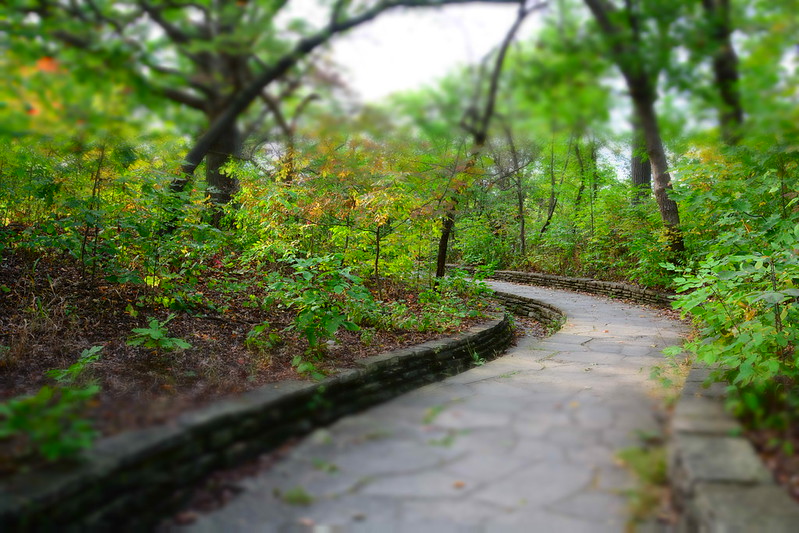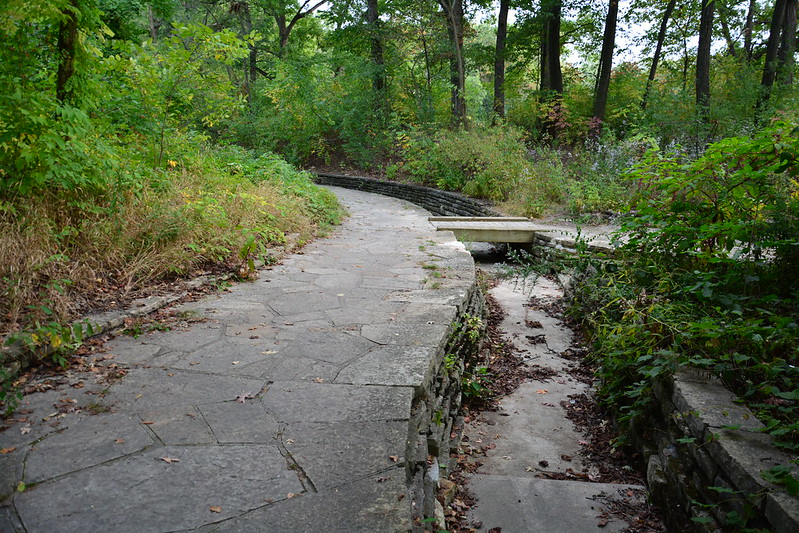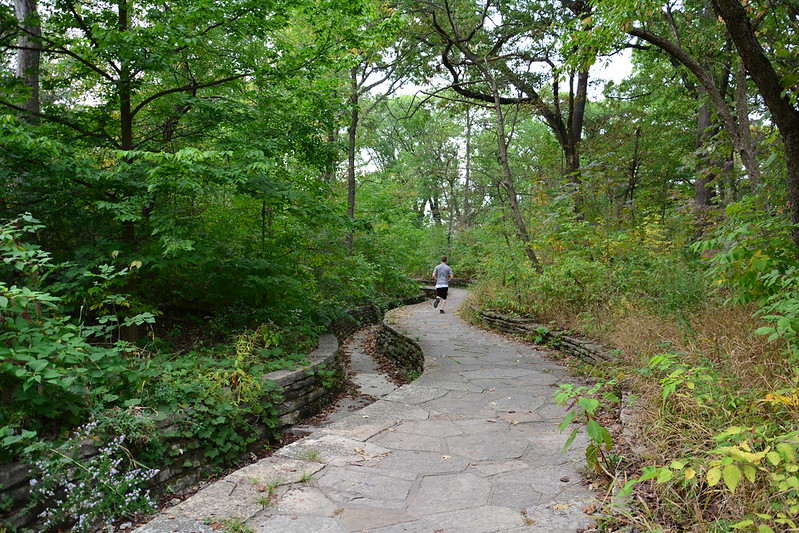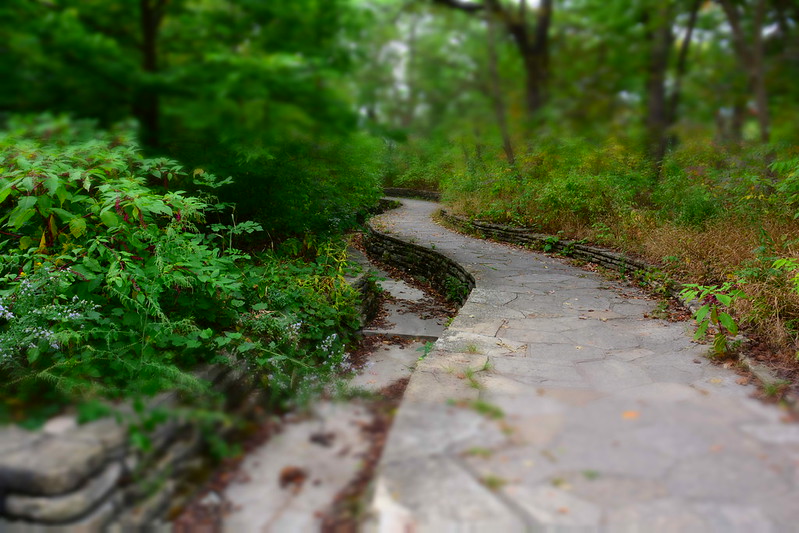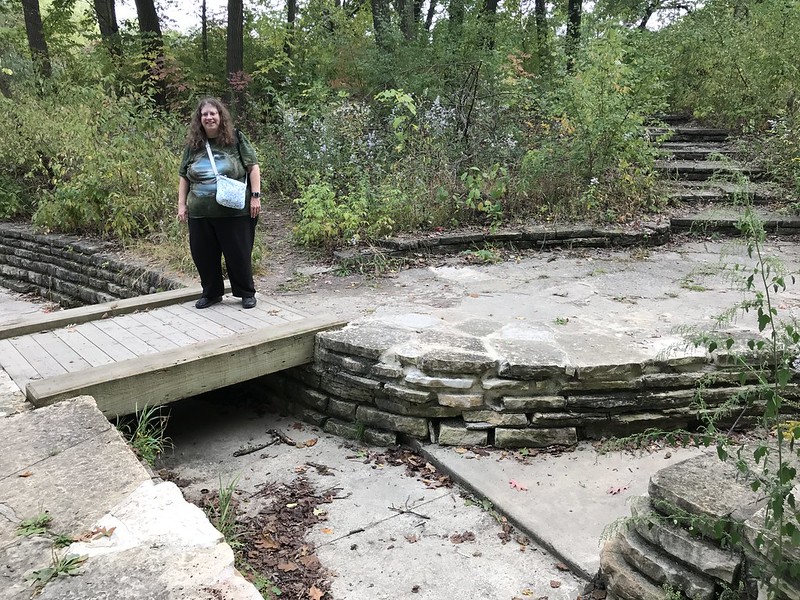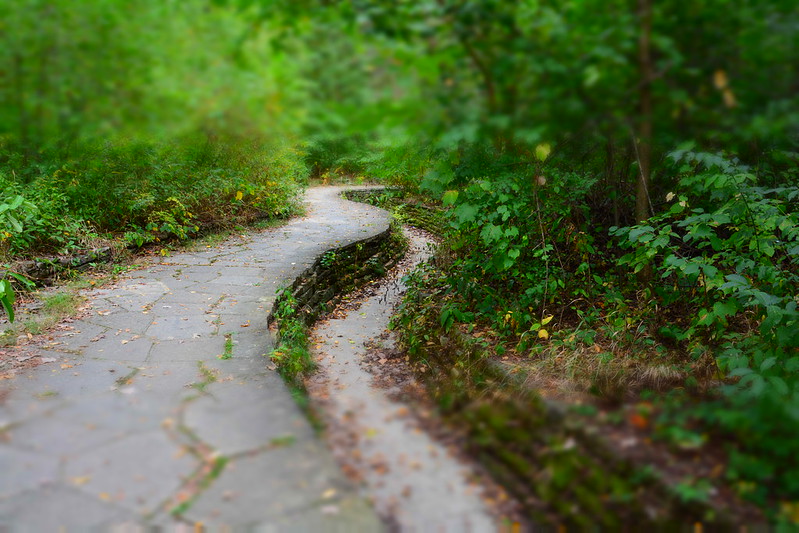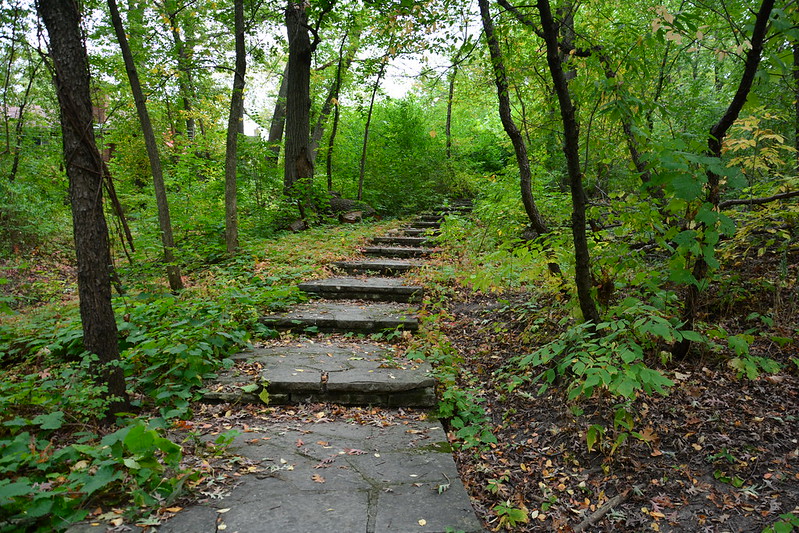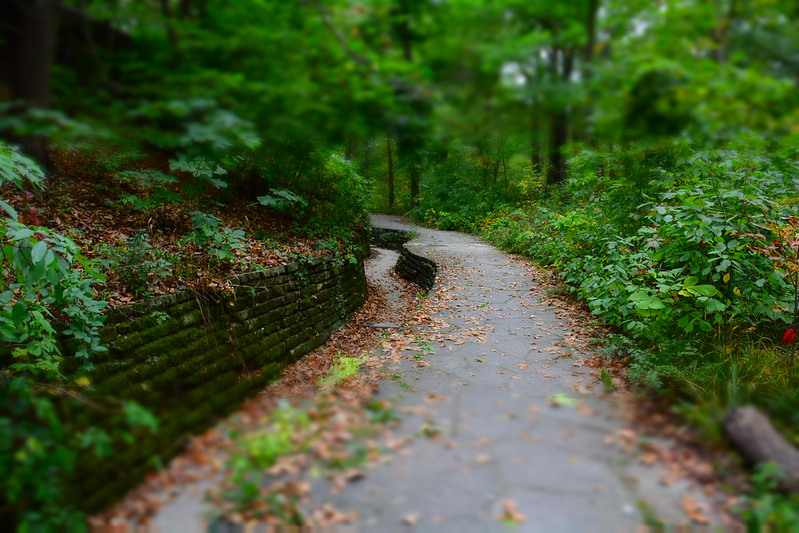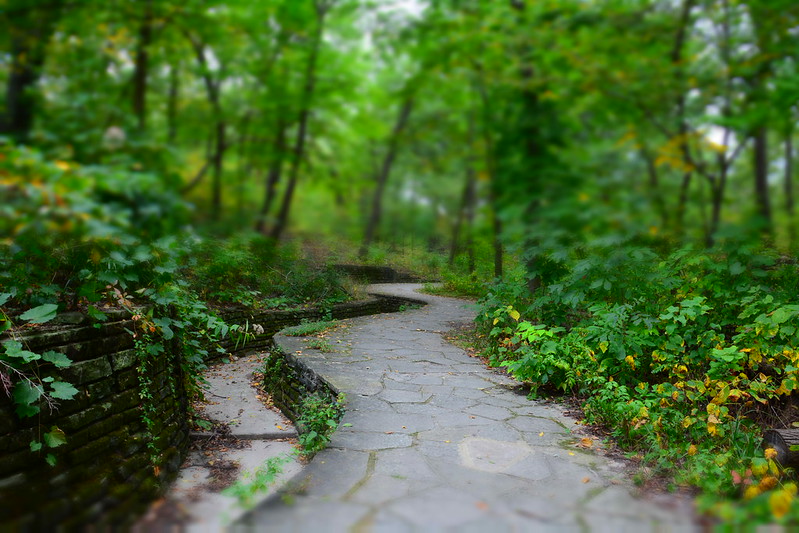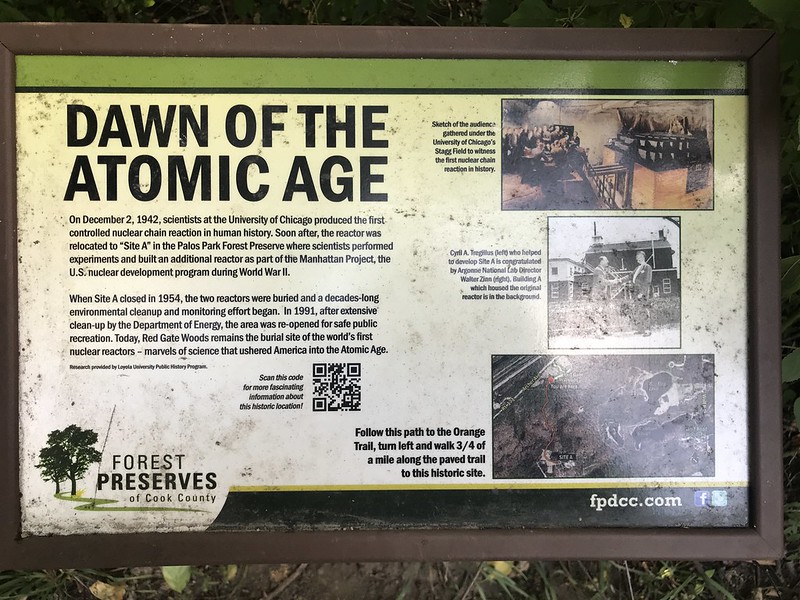May 16, 2021
When J and I first visited Deep River County Park a few years ago, this sign intrigued us. We’d meant to return for a game, then along came COVID-19.
At last, however, with Pfizer shots 1 and 2 in arm and appropriate passage of time, we headed over to Indiana to see the Deep River Grinders take on the Chicago Salmon in a VBBA match.
We arrived just as the game was starting, and the good-sized parking lot was beyond full. Just as we were about to give up and park at one of the other lots a good walk away, a miracle happened — someone backed out of one of the prime spots close to the field. It was meant to be.
I plopped my chair on the near side of the field — the Grinders’ side. No matter — this is supposed to be a gentlemanly sport where everyone cheers everyone, everyone’s a good sport, and breaking the rules (including spitting) earns you a fine of 25¢, paid to the game’s judge.
While J went to a nearby table with food warmers that looked like it might belong to the hot dog vendor, a woman in period costume passed out cookies. Some, not all, were giving her donations, so I did too. I have no idea what they were for.
Meanwhile, it turned out the people with the food warmers were holding a birthday party, but they told J he could have any leftovers, which we did later in the game. Eventually we spotted the hot dog truck, so we ended up with two sets of hot dogs. And a cookie. And the popcorn I’d brought.
Early on the Salmon took the lead, although the Grinders started to come back. Then the Salmon had a blowout inning from which the Grinders couldn’t recover. As the game progressed, the judge (not umpire), sporting the town dress of a man of business, kept an eye on things (no doubt hoping to earn a 25¢ fine or two). He was drinking from what I thought was a beer bottle, which seemed out of place, but it turns out you can wash your hot dog down with sarsaparilla. I figured that out too late to get one.
For the seventh inning stretch, the teams performed a musical number from which we found out tidbits of trivia about many of the players.
Several times during the game, an alert sound popped up on someone’s phone. I was puzzled as the weather looked stable. I overheard that they weren’t weather alerts, but, sadly, Amber Alerts. At some point she turned the volume down, they stopped, or she left.
The game had started at 2 p.m. and ended before 4 p.m. There’s not much time wasted between pitches, batters, or innings.
After the game, some players stayed behind to practice with any interested children. One girl who looked to be about three or four years old hit the ball (with some help) and toddled around the bases (with some help). I wonder if she’ll remember that in 20 years. No doubt there’s video if she doesn’t.

